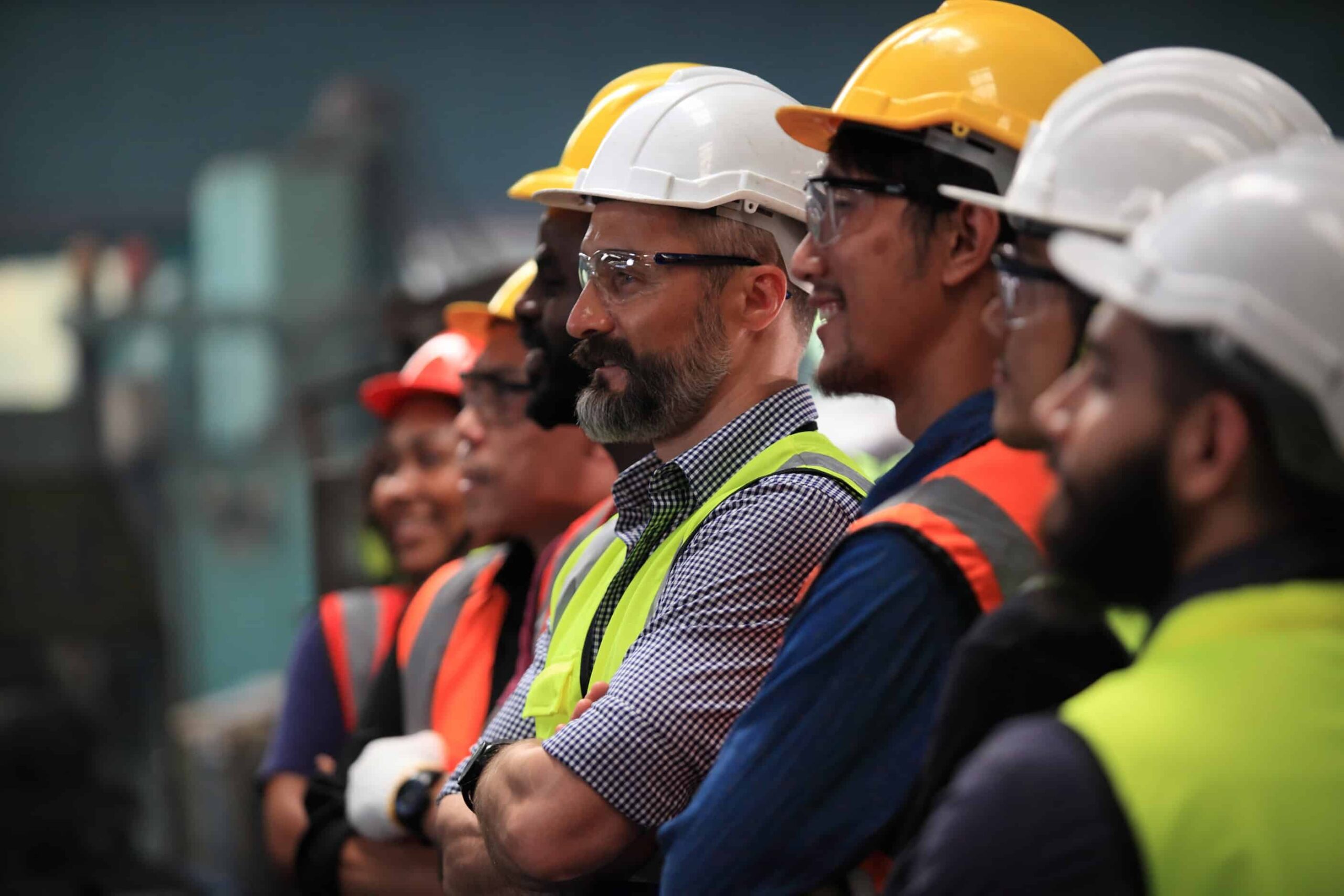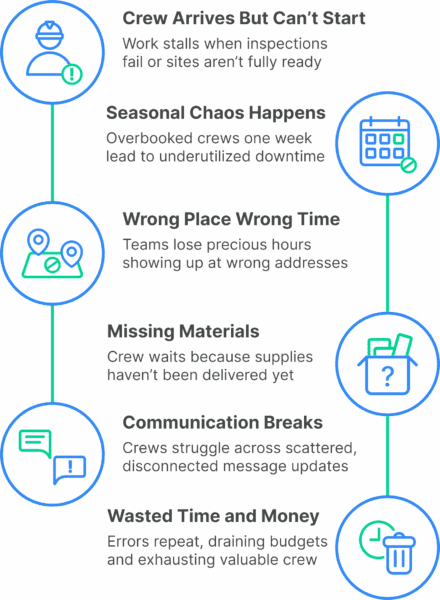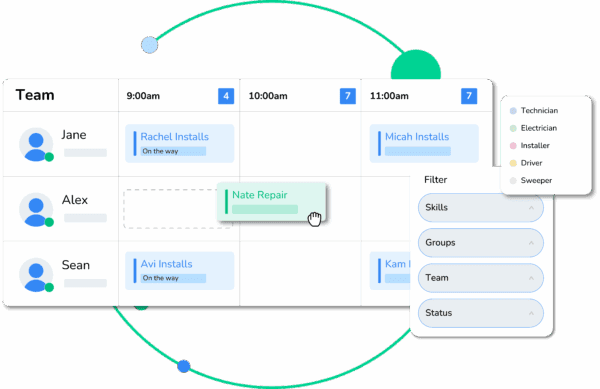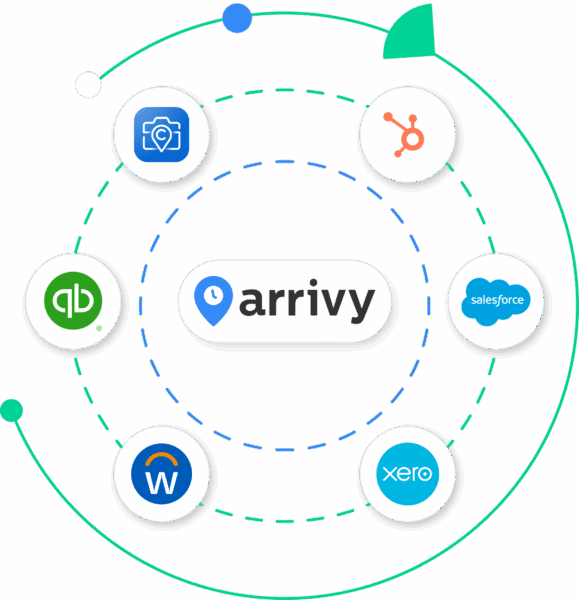
In construction, more often than not, delays aren’t caused by lazy people or missing materials.
They occur because no one knows what’s happening when.
Field techs talk about it all the time. One project manager shared how “nobody knows what is going on half the time”, and that includes the people in charge. In a typical scenario, a roofing crew shows up at a jobsite only to find out the permit hasn’t been approved yet. The office is still waiting on an update from city planning, but no one told the team. So they sit in the truck for half a day, racking up overtime on a job they can’t start. The PM is juggling three other sites and trying to get a straight answer over the phone.
This kind of miscommunication and disorganization happens on every site, whether it’s a small residential install or a large multi-trade commercial build. And unfortunately, it adds up.
According to the Construction Industry Institute, every month of delay adds nearly 8% to the total project cost. Multiply that across crews, sites, and seasons, and the losses get serious. Read more
However, most of this is fixable. The right construction software can take the pressure off your team and give you back control of the schedule without making things more complicated than they need to be.
Common Crew-Coordination Headaches
Let’s call out the pain directly. Coordination can’t happen by just putting names on a calendar. It requires getting the right people to the right place, with the right info, at the right time.
If you run construction jobs, you’ve probably seen the same problems over and over again.

Sometimes a crew shows up thinking they’re supposed to start tearing off a roof, but no one told them the inspection hasn’t passed yet, so they can’t even begin. Other times, you’re swamped with jobs in the spring and summer. One week, you don’t have enough people to cover everything. The next week, the rush slows down, but you’re still paying your crew even when there’s not enough work.
Things get even messier when you’re handling more than one project at a time. One team might end up at the wrong address. Another crew is on-site, but the materials haven’t arrived. The general contractor is calling the office asking where everyone is. Meanwhile, your project manager is stuck switching between spreadsheets, emails, and a calendar, trying to make sense of it all.
These mix-ups waste time, cost money, and put a lot of stress on your team. And the worst part is that they happen all the time.
Key Insight
Only 47% of firms use software for field coordination. The rest rely on texts, emails, or dispatch slips — and face the consequences. Read more
On Reddit, field techs vent about it constantly:
“Subs show up, do half work because they don’t know what’s actually needed. No one communicates. PMs pretend they know what’s going on.”
“There are apps, but no one uses them. Sales doesn’t know what’s happening in the field. Everyone’s flying by the seat of their pants.”
Construction employs 7% of the world’s working-age population, yet productivity is one of the lowest across all sectors. Labor productivity in construction has only grown 1% a year over the past 20 years, compared to 3.6% in manufacturing. Because other industries have modernized, but construction hasn’t.
That’s why better coordination is essential. And it starts with having a system that gives you a full view of your jobs, your crews, and your schedule, all in one place.
One Dashboard to Rule Them All
Arrivy gives you a centralized dashboard that helps you command every moving part of your crew schedule. Whether you’re assigning a team to frame walls, install shingles, or finish electrical, it’s all visible in one view. Here’s how it works:
Drag-and-drop scheduling
You can assign tasks just like moving post-its on a board. Set up job sequences, assign crews by role (roofing, framing, electrical), and drag to adjust based on project phases.
Say you’ve got a residential roofing project lined up for Friday. The framing team finishes early, so now you can move up roofing by a day (but only if your crew isn’t already booked). With Arrivy, you can drag the roofing task into Thursday, check which team has availability, and assign it with two clicks.
Now imagine doing this across three jobsites, each with different trades, crews, and timelines. That’s the real value of a centralized dashboard.

Built-in buffer times and skill-matching
Unfortunately, assigning crews is not as simple as filling slots. You’ve got to consider travel time, cleanup windows, and even crew fatigue. Arrivy lets you build in buffer zones. For instance, 90 minutes between job wrap-up and the next install ensure no one’s stretched thin. Plus, you can match tasks to roles, so only certified teams get relevant jobs.
Instant rescheduling
If a crew calls in sick or a delivery gets delayed, you can simply move the job to a new day in the schedule. Arrivy will automatically notify the crew and the project manager, and it can also update the client if notifications are configured. There’s no need to send extra texts or make calls as the system keeps everyone in the loop for you.
Weekly and monthly calendar views
At a glance, you can see the week ahead or plan out the next month. If you need to prep for a seasonal spike in installs, you can check where your gaps are and how your teams are being used. You’ll know if one crew is overloaded and another is underbooked.
Task-based routing and GPS check-ins
Let’s say you have two teams in the same zip code. When one finishes early, you can see they’re closest and available, and send them to a nearby service call using Arrivy’s map view. And with GPS check-ins, you’ll know when they arrived and how long they stayed.
Mobile Access, alerts & real-time updates
Every crew member sees their tasks, schedule changes, and job details right in the mobile app. If a job gets pushed back or the location changes, they’re notified instantly. And if a foreman’s delayed for some reason, the project manager gets a real-time update, and the customer’s ETA adjusts automatically.
Digital forms and photo checklists
Let’s say you’re doing a final walk-through on a reroof job. Normally, that’s pen-and-paper or someone texting blurry photos. Instead, Arrivy lets you fill out digital checklists, snap site photos, and capture signatures, all tied to the job record. You can prove compliance, catch issues before they snowball, and close out jobs faster.
Time tracking & recurring scheduling
With Arrivy, crews can clock in and out right from the app. Their hours are automatically tracked and sent to your payroll system (like Workday) or accounting software (like QuickBooks or Xero). There’s no need to track timesheets or enter data twice.
You can also create recurring tasks for routine work. For example, if a commercial client needs quarterly roof inspections, just set the recurrence, assign a crew, and the system schedules the jobs automatically with the flexibility to adjust details when things change. You need no reminders or rescheduling since it’s already in the calendar.
These features connect the field, office, and clients and solve the biggest pain points for your construction business.
Real-Time Visibility for Customers & Management
Clients, project managers, general contractors, and everyone involved want to know what’s going on. But asking your crew for constant updates burns time and trust. Arrivy solves that by making project progress visible in real time.
For homeowners, they can track crew arrival times, see when tasks are marked complete, and get a sense of what’s left without calling your office.
For GCs and commercial clients, they can view a dashboard of progress across sites. This helps you avoid the “Hey, did your guys show up yet?” calls. You’ve got timestamps and reports ready to go.
For your own ops team, generate on-demand reports showing which crews worked which jobs, for how long, and what got done. If a dispute comes up, you’re covered. This kind of visibility is a major differentiator.
According to one survey, poor communication costs businesses $62.4 million per year on average.
When everyone can see exactly what’s happening, there’s no room for confusion.
Integrations That Keep You in Sync
Scheduling tools are only part of the picture. If your crew management software doesn’t connect with the rest of your systems, you’re still stuck doing extra work. Arrivy is API-first, which means it plays nice with the tools you already rely on.
Here’s how it moves job data automatically between the field, the office, and your back-end systems:
Communication & CRMs (HubSpot, Salesforce): Sales and ops teams both stay in the loop. When a job’s scheduled or status changes, everyone knows.
Photo & Field Tools (CompanyCam): Attach site photos directly to jobs and tasks for full visibility. No digging through Dropbox folders or camera rolls.
Payroll Integration (Workday): When crews clock in and out through the app, their hours are sent straight to payroll.
Accounting (QuickBooks, Xero): As soon as a job is marked complete, the billing data flows into invoicing without duplicate entry. You can invoice faster and more accurately.

This kind of integration saves time, reduces errors, and keeps everyone on the same page, especially when you’re running lean.
What Makes Arrivy Work in the Field
Too many tools promise to fix scheduling but just add more steps with complicated features your team will never use. What actually helps is something simple that solves real problems on the jobsite and is easy to pick up.
Arrivy is made for construction. It isn’t office software being forced to work in the field. Instead, it’s built around how crews actually work when they’re roofing, framing, wiring, or handling installs.
The interface is clean and easy to understand. Most techs feel comfortable using it after just a couple of days. You don’t need an IT department to get started, and there’s no long setup process that slows things down.
It gives you exactly what you need to manage the day, i.e., clear scheduling, live updates, job tracking, and simple communication between the field and the office. Whether you’re managing one team or running several jobs across different locations, the system adjusts to your workflow.
The biggest difference is how clear things become. When your crews, managers, and clients can all see what’s happening, you spend less time sorting out confusion and get more work done.
Final Word
Right now, your crew coordination feels like crisis management. If your teams are constantly fixing preventable mistakes or waiting on answers, it’s time to take a hard look at how things are being scheduled and tracked.
Arrivy brings your people, your schedule, and your updates together in one place that’s easy to use and built for the way construction really works. With better crew planning, it helps you run smoother jobs and keep your teams focused on the work.
